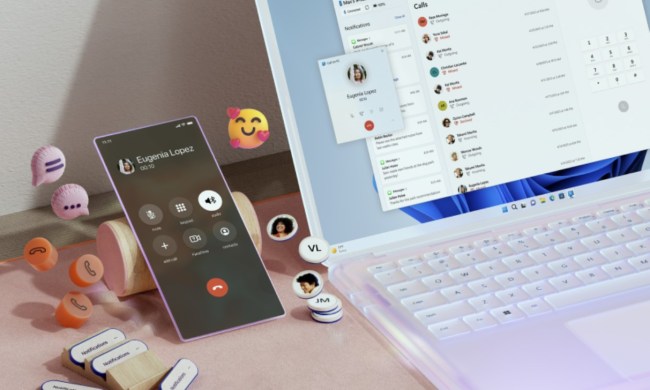
What appears to have been a slow burn in OS adoption for Windows 11 might actually be a very promising transition to Microsoft’s current system.
The Windows 11 operating system is now actively running on over 400 million devices and is on track to hit half a billion installs by early 2024, according to a report from Windows Central.
The publication detailed that it uncovered internal data that reveals Microsoft’s strategy for rolling out Windows 11, in comparison to older systems such as Windows 10 has been very different. This has been one of the main reasons for the contrast in adoption rates.
Microsoft promoted a strict rollout for Windows 10 when it first became available. The system was offered as a free update for all Windows 8.1 and most Windows 7 devices, which had to be done in just a year. This stipulation urged users to transition quickly from older systems or else miss the free Windows 10 offer. The company also had strategies to urge users running other legacy versions, including Windows 7 and Windows 8, to update.
The Windows 11 strategy was much more relaxed. There was no time incentive. Instead of pushing for a wide range of devices to update, Microsoft truncated its range of compatible PCs to those released in 2018 and beyond. Devices especially require a trusted platform module (TPM), which is only supported on newer Intel and AMD processors. This immediately ruled out support for Windows 7 and 8 PCs and several older Windows 10 models. This would limit many initial system adoptions; however, this might have been Microsoft’s plan all along. Even if there are some devices that have aged out of update eligibility, most Windows PCs are likely able to transition.
Microsoft was hopeful of getting users upgraded from Windows 11 debuted to the public in October 2021 and has taken approximately two years to garner 400 million monthly active devices. In contrast, Windows 10 hit that milestone in less than a year and supported 1 billion users by early 2020. The company considers Windows 11 successful because its recent milestone has been met ahead of schedule, and internal figures trend positive for user satisfaction, in comparison to online commentary, Windows Central noted.
Microsoft has seen a similar trajectory of Windows 11 upgrades among business users. Researchers in the enterprise sector have observed that when many organizations transition to Windows 11 it is because they have purchased new devices rather than upgrading the hardware they already have.
According to IT asset management group Lansweeper, adoption of Windows 11 now stands at 8.35% as of October 2023, a slight jump from the 5.74% seen in September 2022. However, the researchers urge more companies to transition to Windows 11 as its audit of 33 million devices uncovered that a decent majority of 67.5% of workstations are eligible to automatically update to Windows 11 with CPU, RAM, and TPM requirements met.
Currently, Windows 11 is caught in between the continued popularity of Windows 10 and the anticipation of Windows 12. Windows 10 makes up approximately 71.6% of desktop users, while Windows 11 makes up 23.6%, according to Statcounter.
In the business sector, Windows 10 runs on a staggering 80.5% of devices. Even so, Microsoft is winding down support for this version, which will enter its end-of-life phase on October 14, 2025.
Meanwhile, the brand is planning for its 2024 software release, which is expected to be called Windows 12 and is currently codenamed Germanium. The system will likely have a focus on AI and cloud features. There is no word on Microsoft’s rollout strategy for this system.



